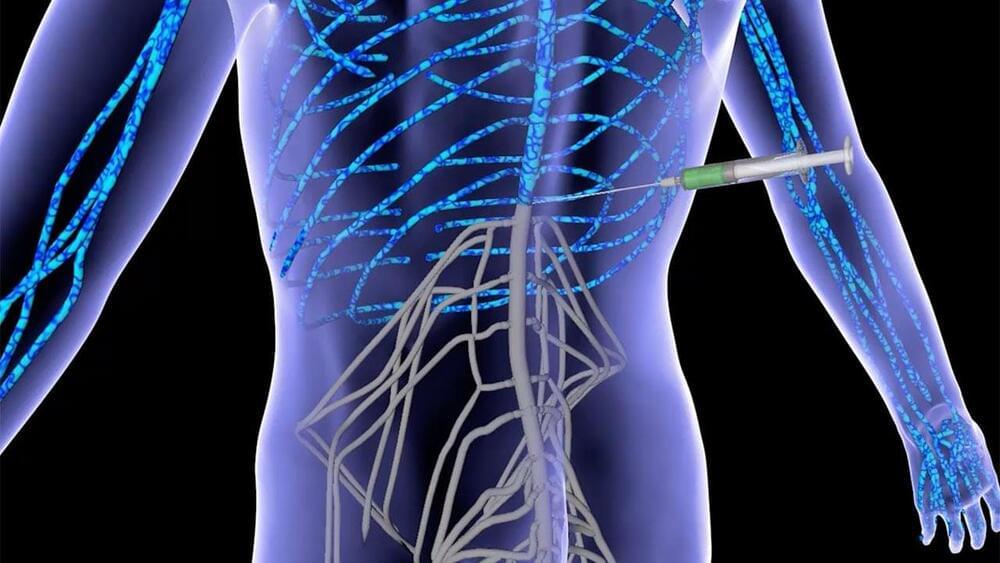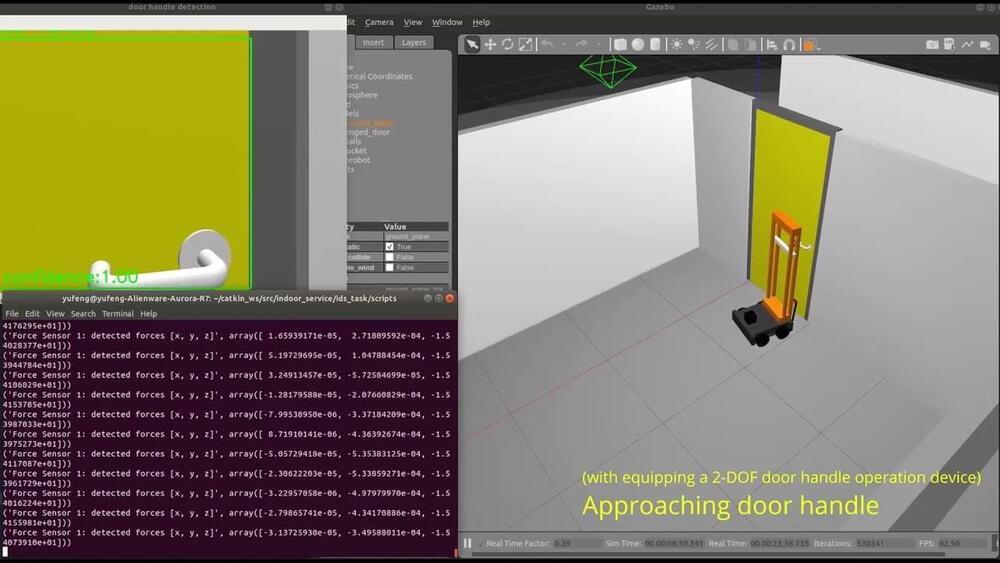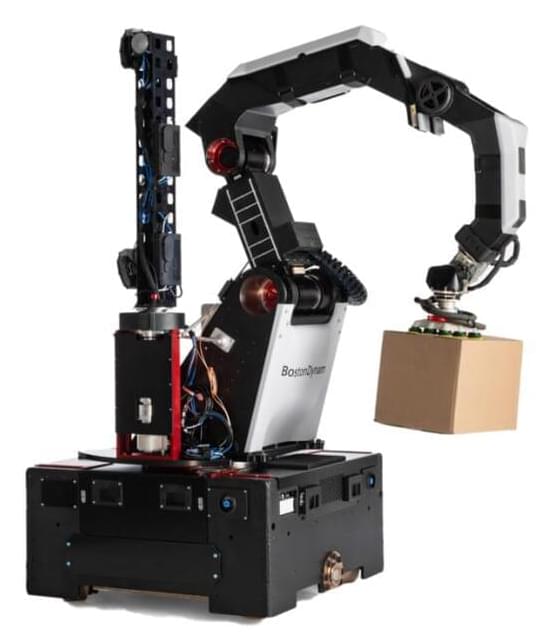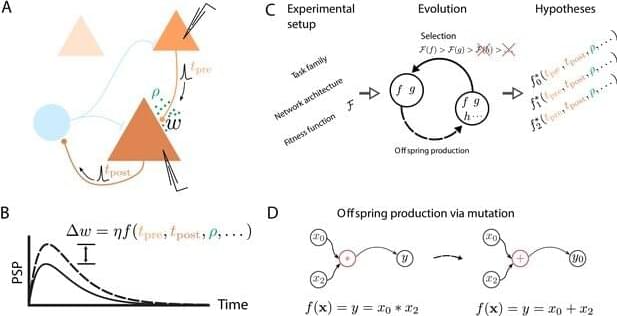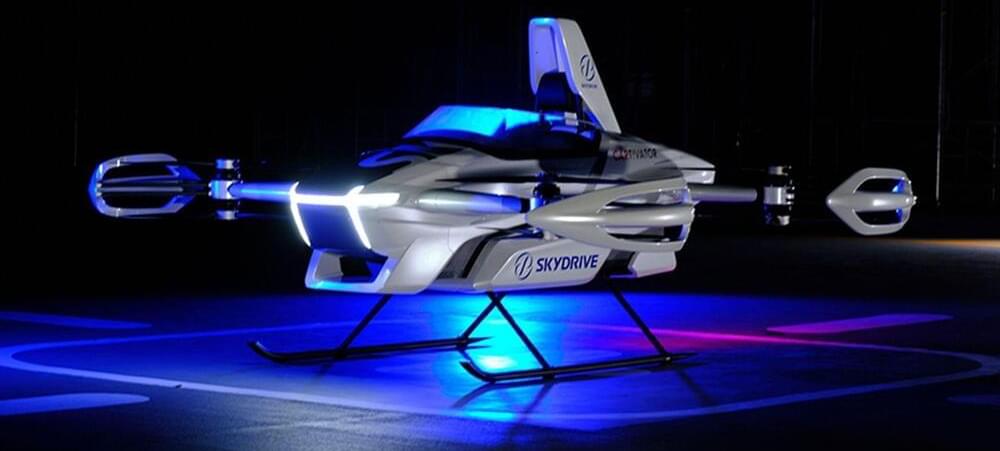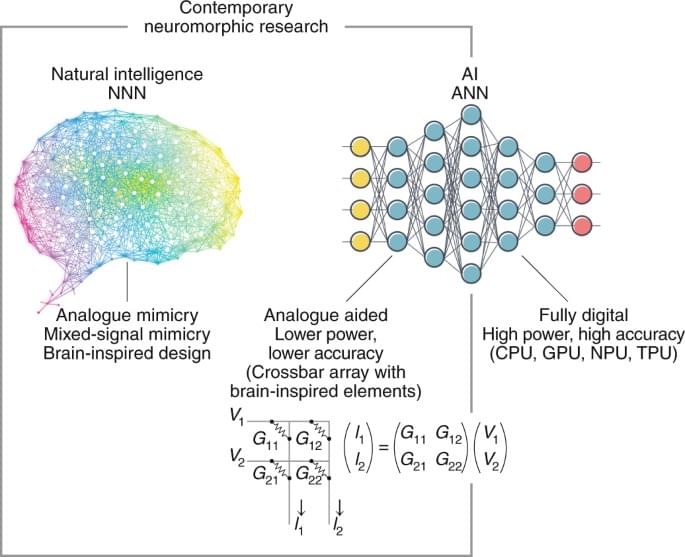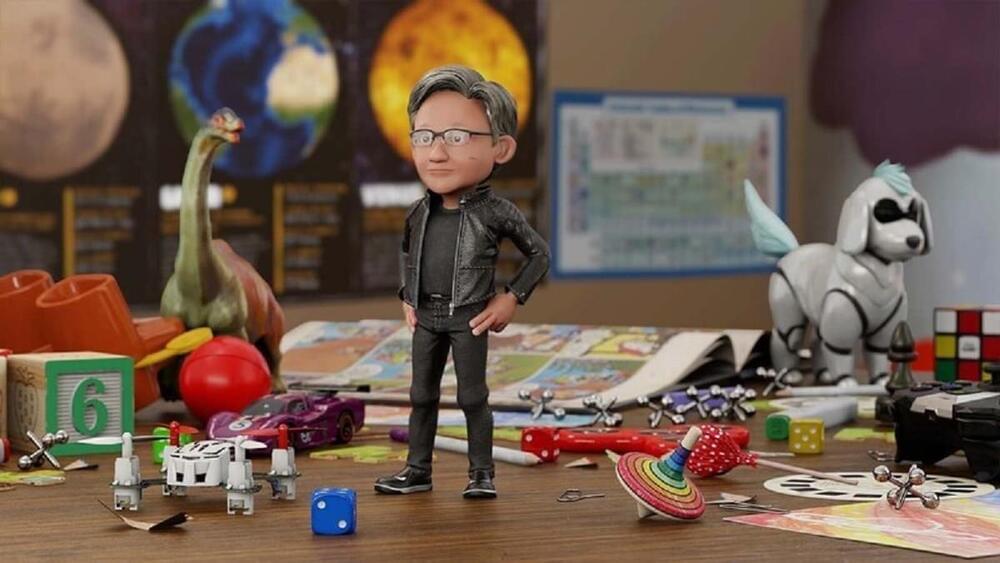
Nvidia’s Omniverse, billed as a “metaverse for engineers,” has grown to more than 700 companies and 70,000 individual creators that are working on projects to simulate digital twins that replicate real-world environments in a virtual space.
The Omniverse is Nvidia’s simulation and collaboration platform delivering the foundation of the metaverse, the universe of virtual worlds that are all interconnected, like in novels such as Snow Crash and Ready Player One. Omniverse is now moving from beta to general availability, and it has been extended to software ecosystems that put it within reach of 40 million 3D designers.
And today during Nvidia CEO Jensen Huang’s keynote at the Nvidia GTC online conference, Nvidia said it has added features such as Omniverse Replicator, which makes it easier to train AI deep learning neural networks, and Omniverse avatar, which makes it simple to create virtual characters that can be used in the Omniverse or other worlds.



